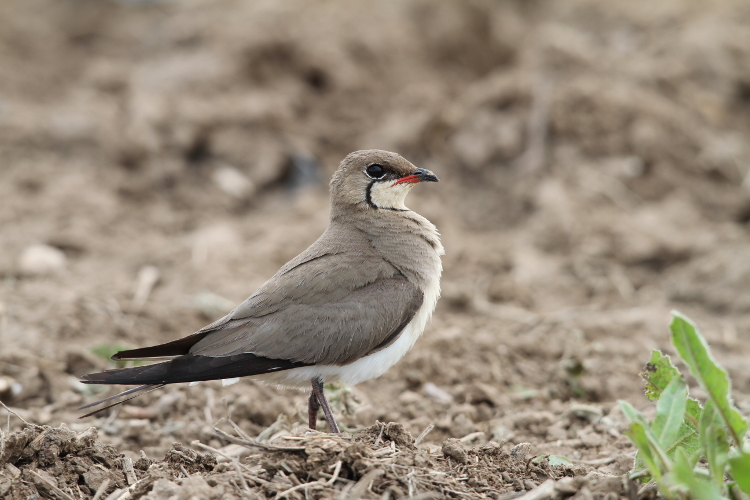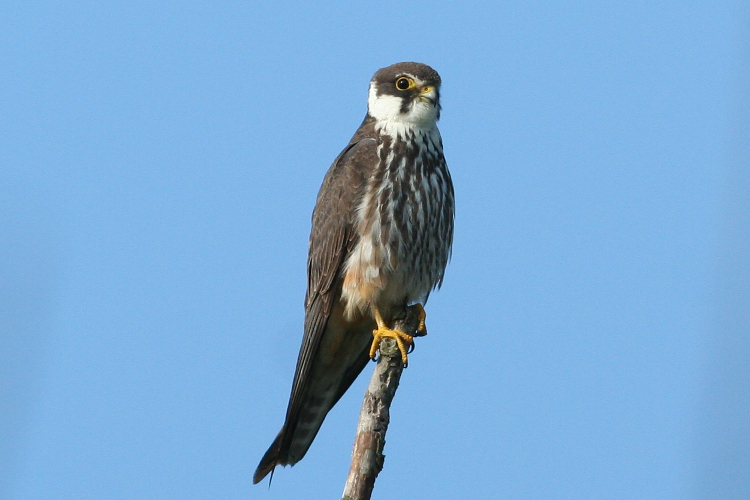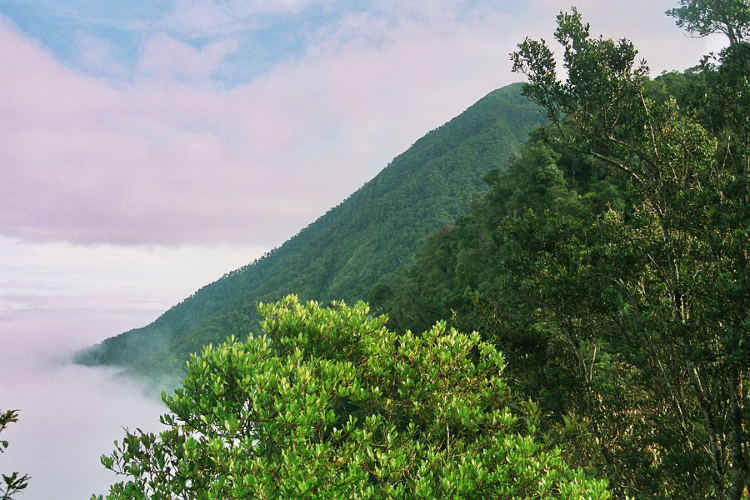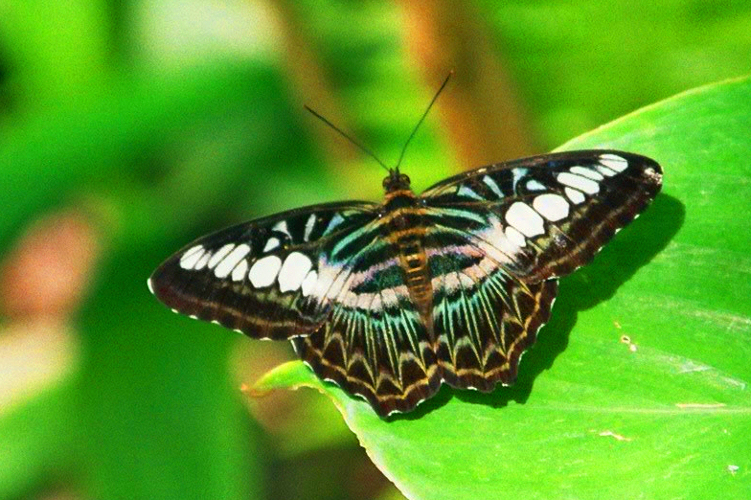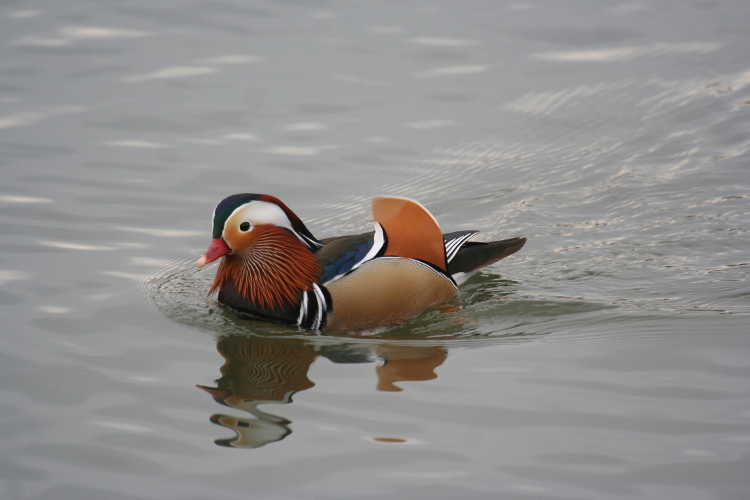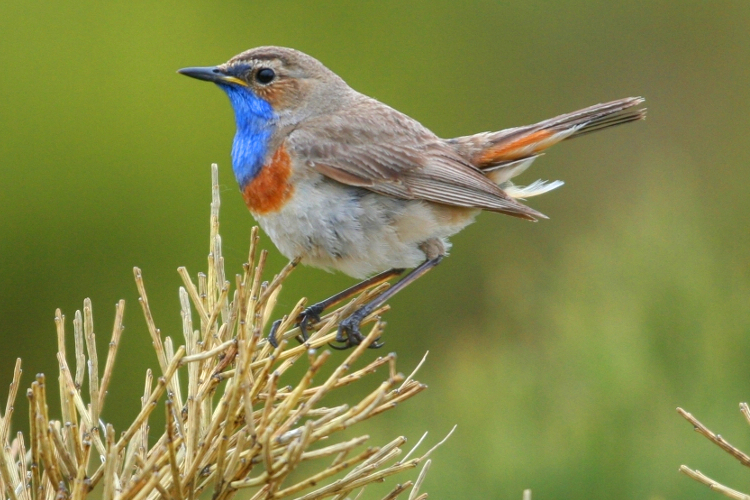LINKS





orientalbirdclub
Ayuwat Jearwattanakanok's BS
Tim Laman's WP
Festival de la photo de Montier-en-Der
National Geographic
Birds of the World
IOC World bird list
www.wikiaves.com
www.ornitho.lu
www.ornitho.ch
www.faune-grandest.org
Guislain Simard's macro-photo
jewel-beetles






TEXAS
Texas, widest state of the United States after Alaska, and second more populated after California inevitably evokes the universe of the ranches and the cow-boys. I visited twice this state, the first in 2002 on spring, the second in the month of November 2004; being personally not very interested by the rustic conventional picture that one grants to this part of the country (actually the major part of the population of this state is town and is concentrated in the main cities that are Houston, Dallas, Austin (the capital) or San-Antonio, I decided to spent major of my leisure time by visiting the natural parks located meadows of the coast (Aransas) or bordering Rio Grande, between Big-Bend and the Laguna-Atascosa refuge, not far from Padre Island.
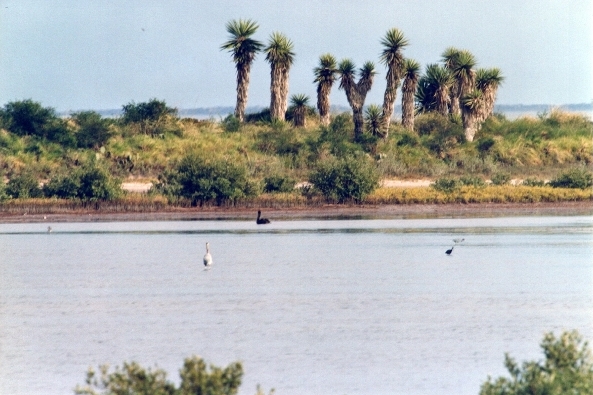
the Laguna-Atascosa NW refuge
Big-Bend
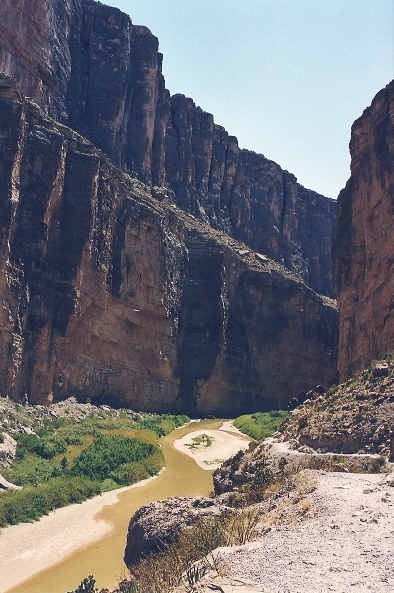
This wide national park, extremely well managed, is located in an enclave establishing the natural border which forms the Rio-Grande with Mexico. It is a semi-desert zone comprising by place of the canyons letting run Rio Grande in his medium; the landscape is however much less spectacular there than that of the Large Canyons or that of other famous parks of the American middle-west but Big-Bend is better arranged than the reserves of Arizona, with possibilities of restoring and housing and the possibility of following programs in teaching matters.
The purpose of the possible excursions are to join the spectacular canyon of Rio-Grande which is the natural frontier with Mexico; at this place, the visitor can profit from the infrastructures which enable him to admire the landscape and muddy water in which it can distinguish the spiny softshells who are abundant at this place. The park habrite a great quantity of animals and a typical and very rich vegetation of the semi-deserts of the north of Mexico. The birds most frequently observed are the jays, the flycatchers, the grackles and orioles. The park is also known for habriter large mammals like the black bear, the javelina and especially the mountain lion whose presence is not without creating some risk with the hikers.
Rio-Grande
The Large one is the river contituant the natural border between Texas and Mexico; after having looked at a chart of the area, the visitor will expect (within sight of the width of the river as indicated on the chart) to discover a water court of the width of the Amazon. But what a surprised to realize that actually the large one is hardly broader than an european river like the Seine!! Who more is, water of the river are perpetually muddy. Nevertheless, this part of the south of the United States presents a certain attraction for the observant naturalist because the wealths of fauna and the flora there are quite present and offer an outline of the biodiversity of Mexico. The whole of the border region between Laredo and Brownsville offers a semi-desert panorama or the vultures and will caracaras are everywhere.
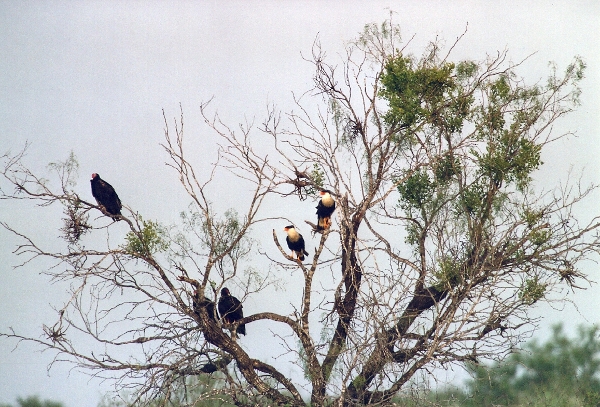
Will caracara, curious raptor of the family of the falcons is more impressive than really aggressive is it is primarily an opportunist carrion's eater. Another typical raptor of this zone is the Harris hawk, beautiful well-known bird of prey for its technique of collective hunting.
This part of Texas contains two very similar national park bordering the border with Mexico, Benson and Santa Anna; they own an exotic avifauna with in particular the green jay, noisy and curious bird which one finds in most of the Latin America, the great kiskadee (named because of its typical call), beautiful noisy and aggressive bird, representing of the family of the american flycatchers, the plain chachalaca, another noisy bird of the family of the cracidae, night-haars, cuckoos, quiscales, etc.
I have also the occasion, the second year to surprise a scissor-tailed tyrant whereas we were in November; in theory, this species nonresident is observed at the beautiful season in certain states of the south; this beautiful bird is common, and even abundant by certain places in Texas and it goes up to Oklahoma at the breeding season, but it is completely absent by other places such as Big-Bend.
Let us note finally the presence of many of other animals which would pass completely unperceived without a minimum of attention on behalf of the walker, like the insects, arthropods, reptiles, etc, but also mythical animals like the armadillo or the desert tortoise.
Aransas
This reserve, located near the coast of the Gulf of Mexico is especially famous to be the point of wintering of the rare whooping crane of which it must remain at present two hundred individuals annually carrying out the migration between Aransas and an inaccessible lagoon area of Canada, their place of reproduction; it should be said that this majestic bird was never common in the past but its manpower fell dramatically at the court of the 20th century; nowadays, this species is strictly protected.
Aransas is thus to preferably visit the winter, period when one can admire many water birds whose goose of Ross, the crane of Canada, the blue-winged teal, etc… the visit of this reserve the summer is much less interesting concerning the observation, on the other hand the place is very appreciated by many reptiles, snakes and others as well as the alligators whose some individuals can be regularly seen in the reserve.
On another side, you will hate to remain more few hours with Aransas at the beautiful season, because you are promised to become a feast for the mosquitos as soon as you leave your car; to remain with the free air out of shorts close to the wetlands quickly becomes a true torment.
